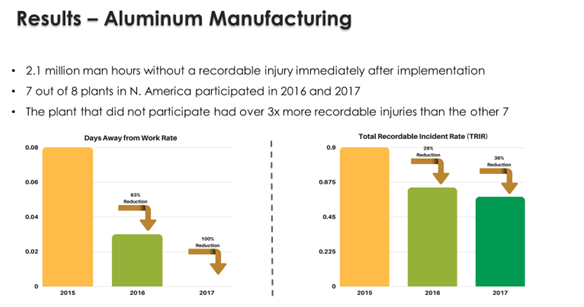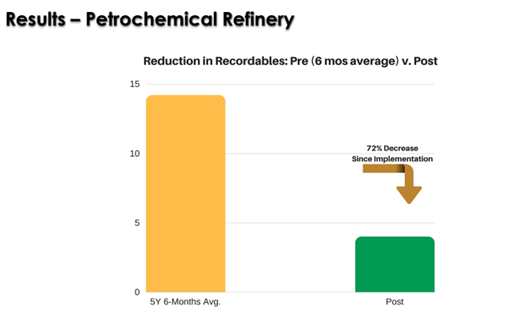LEADERSHIP DRIVES SAFETY
Your level of Safety Performance will always be the same as the Leadership you display.The Challenge
Safety doesn’t seem to be working any more, incident rates are staying the same no matter what we do. We have systems in place, we conduct training regularly, and we put safety first. Yet we still have incidents happening, because procedures are not followed or equipment is used incorrectly, or someone just did not see a problem. And then the common solution when an incident happens is to write another procedure, increase supervision and re-train those who are already competent. None of these will work! Why? Because these incidents occur because of the safety decisions made and what influences safety decisions.
The Solution
The solution is in Leadership; individual and team leadership. Leadership is essential for all high performance – including safety. Leaders create the safety culture of their teams as well as the broader organisation. The day to day inter-actions with employees help determine whether safety is a driving value or a buzz word. Creating a vision, communicating effectively, providing timely feedback, and establishing trust and credibility are core components an effective safety culture and an effective LEADER!
Leader’s behaviours influence every aspect of a workplace – the physical environment, the workforce, and the systems and policies, which in turn, drive organizational safety performance. Improving Leadership will not only improve your safety performance but also the productivity and innovation of your company.
Below are the results from two different sites and industries, in USA, that implemented a safety leadership program. The first thing you can see is that there is a noticeable and significant reduction in serious incident rates. The next thing you can see is that the improvements are noticeable almost immediately and are sustainable. The petrochemical refinery had a 72% deduction in serious injures within the first six months of implementing the leadership programme, and the aluminium refinery showed continuing improvement over 2 years, 35% reduction in serious incidents and 100% reduction in Lost Time Injures over the two years.
The safety leadership programme implemented by these two companies utilized psychometric testing for safety traits and leadership style.


Systems Approach
A systems approach to health and safety improvement is necessary. This is because the work environment today is ever more complex and dynamic, with decision-making and actions occurring across a range of people, individuals, teams, organisations and sub-systems. The health and safety system provides structure and better control over key activities, with consistency of how the work is done. This consistent approach will reduce mistakes and the cost involved. The system will provide to the organisation a foundation for continually improving their health and safety performance.
Leadership Approach
A systems approach to health and safety is not an end in itself, but a means to assist in the management of occupational health and safety hazards and risks. The leadership approach takes the systems approach to a greater level – not in more tasks to do – but in its efficacy (its ability to produce its desired or intended result). The dichotomy of the health and safety system is that it is need because of the ever-increasing complexity and dynamics of work today, however systems on their own cannot cope with the constant variations in work. The leadership approach incorporates the health and safety system as a tool for the leader to make the right decisions at the right time. Through leadership the work force are motivated to think and behave in a safe manner. The leadership approach to health and safety achieves synergy through the use of the health and safety system.
The leadership approach to health and safety is focusing on Leadership within an organisation. On just the top leadership but leadership throughout the organisation, even down to individual employees – as all employees have responsibilities and so have a leadership role – if being only to themselves. It aims to create a Leader / leader organisation, where everyone takes responsibility for their own, their teams and their organisations health and safety performance. Like the adage goes ‘A problems shared – it’s a problem halved’, through increase leadership across an organisation the ‘burden’ of safety is reduced. Through leadership engagement in work is improved which means incidents is reduced and productivity, quality and enjoyment are all increased. The leadership approach, or Safety Leadership, incorporate ‘Human Factors’, why we think, make decisions and behave the way we do. Through this understanding everyone is better equip to adapt their at-risk behaviours, or their ‘blindspots’.
A systems approach provides the users with the ‘What’ to do, whereas the leadership approach provides ‘Intent’ which in turn provides the ‘Why, How & What’ to do, with flexibility to adapt to the current circumstances.
“Success lies in the intersection between Mindset and Action”
Sam Hazledine (NZ Young Entrepreneur of the Year 2012)
